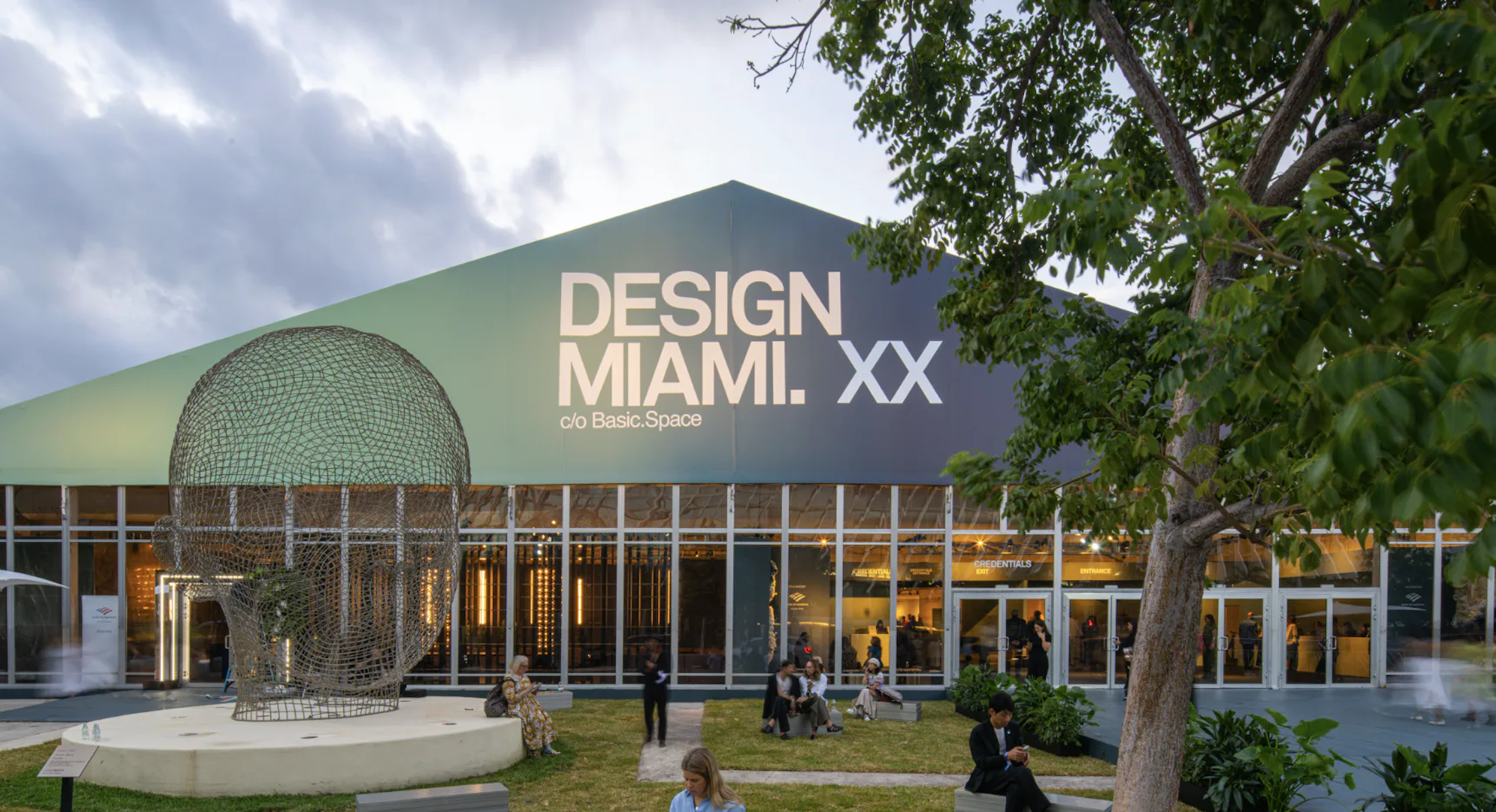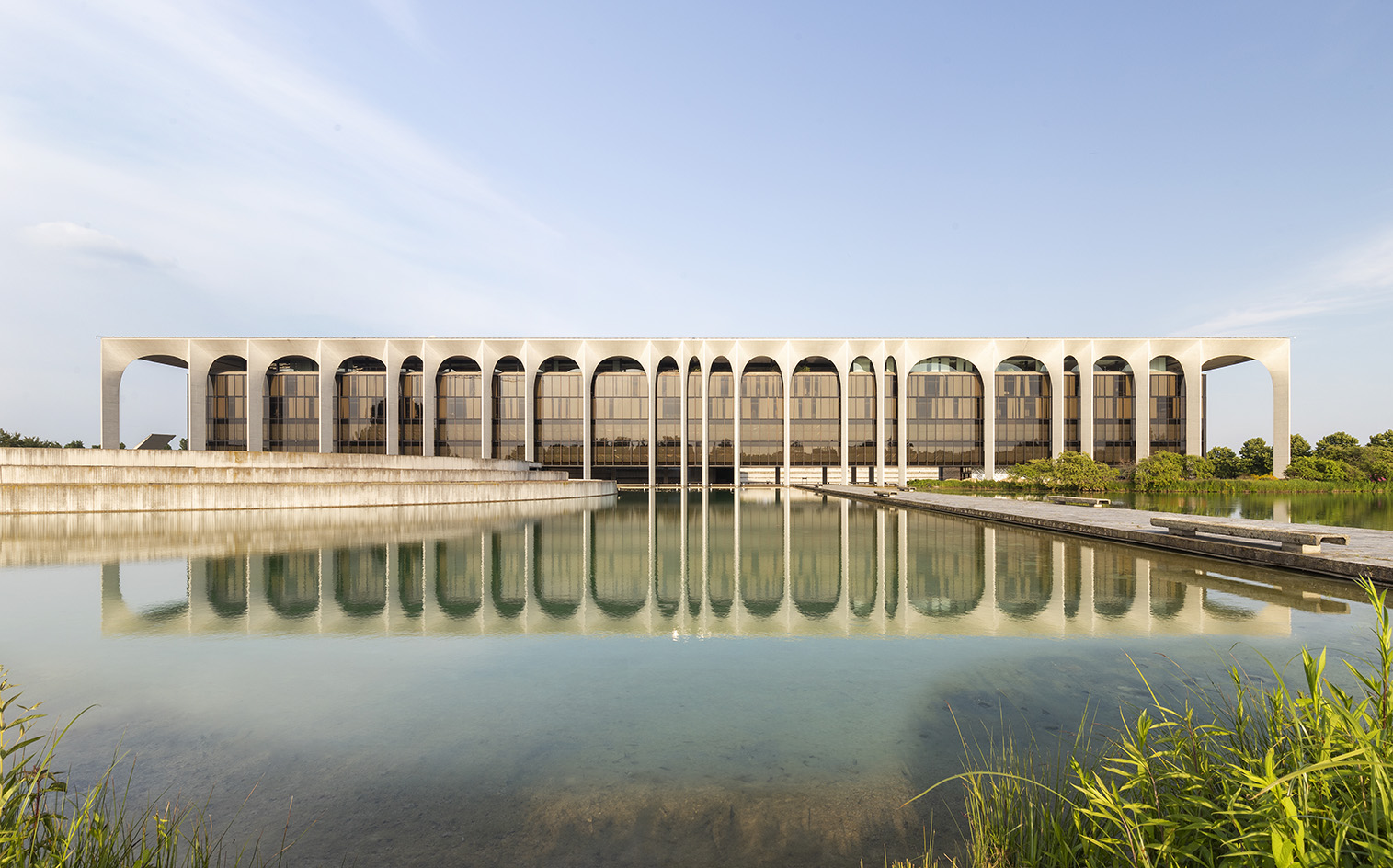Dispatches from the 2019 edition of Milan Architecture Week

As the EU member states prepared to cast their votes this past weekend, architects from Europe and abroad gathered in Milan to discuss the profession's most pressing topics. Milano Arch Week, hosted by the Triennale Design Museum and its president Stefano Boeri, was made up of an engaging series of lectures, conversations, workshops, and itineraries. ‘My vision is to bring Triennale Milano back to its traditional roots as the type of place where differing points of view are considered,’ Boeri described of the event, ‘and controversial topics are discussed and explored through various artistic and cultural viewpoints.’
This year’s theme, ‘Architecture and the Anthropocene', took its cue from Broken Nature, the blockbuster exhibition that opened at the Triennale in April. Curated by MoMA’s Paola Antonelli, Broken Nature investigates the irrevocably severed ties between the environment and humankind, inviting architects, researchers and designers to explore notions of restorative design. Many of Arch Week’s events extrapolated on these projects, featuring talks by a number of Broken Nature participants: design duo Formafantasma, who created Ore Streams, an investigation in the recycling of electronic waste; Curator of the Dutch pavilion Angela Rui; and American soundscape ecologist Bernie Krause, who devised The Great Animal Orchestra, an interactive deep dive into nature’s noises.

Milano Arch Week included a series of lectures, conversations, workshops, and itineraries.
A number of architects were also invited to present their recent work, from research projects by up-and-coming studios to Pritzker-winning big guns, each chosen for their practice of sustainable design. Local firm Fosbury architects discussed their recent work, including Ice Shanties for Cryptocurrency miners, a series of micro-homes whose heat is generated by the mining of cryptocurrency, which is currently being shown at the Versailles Biennale. Nigerian architect Kunlé Adeyemi of NLÉ presented recent developments into his Makoko Floating school project, which is now in its third iteration, discussing the need for adaptable architecture as coastal cities become increasingly prone to flooding.
One of the more interesting moments of the week proved to be the most pressing for the city of Milan. On Thursday and Friday mornings the Triennale hosted the public consultations for the regeneration projects of Scalo Farini and San Cristoforo, two former railway depots that will soon be transformed by OMA into what is being touted as Europe’s largest urban park. Led by architect Ippolito Pestellini Laparelli and local firm Laboratorio Permanente, the presentation described a masterplan that aims to mediate the city’s scorching summer temperatures and notoriously polluted environment by installing a massive green tract in the north and urban lake in the south. It’s an ambitious project, whose longterm undertaking rests precariously on the country’s volatile economy, but based on the vociferous local turn out, it proved that an environmental change has to start at home.
But the most prescient observation came from Pritzker prize winner Shigeru Ban, who spoke at length about his various disaster relief projects over the years, from temporary housing in Sri Lanka following the 2004 tsunami to the Christchurch cathedral, built after 2011’s devastating earthquake. He stated: ‘disasters are no longer natural, they are man-made. It’s not the earthquake that kills people, it’s the collapse of the building.’ A point of view that summed up the sentiment of the wide-ranging festival.

Curated by MoMA’s Paola Antonelli, Broken Nature (above) investigates the irrevocably severed ties between the environment and humankind.

Within this theme, architects, researchers and designers were asked to explore notions of restorative design.

American soundscape ecologist Bernie Krause, who devised The Great Animal Orchestra (pictured here), an interactive deep dive into nature’s noises, gave a talk during the festival.

The curator of the Dutch pavilion in Broken Nature, Angela Rui, was among the speakers.

Design duo Formafantasma, who created Ore Streams (pictured here), an investigation in the recycling of electronic waste, were also part of the talks line-up
INFORMATION
For more information visit the Milano Arch Week website
Receive our daily digest of inspiration, escapism and design stories from around the world direct to your inbox.
Laura May Todd, Wallpaper's Milan Editor, based in the city, is a Canadian-born journalist covering design, architecture and style. She regularly contributes to a range of international publications, including T: The New York Times Style Magazine, Architectural Digest, Elle Decor, Azure and Sight Unseen, and is about to publish a book on Italian interiors.
-
 Own an early John Lautner, perched in LA’s Echo Park hills
Own an early John Lautner, perched in LA’s Echo Park hillsThe restored and updated Jules Salkin Residence by John Lautner is a unique piece of Californian design heritage, an early private house by the Frank Lloyd Wright acolyte that points to his future iconic status
-
 20 things that positively delighted us in and around Design Miami this year
20 things that positively delighted us in and around Design Miami this yearFrom covetable 20th-century masterpieces to a tower made from ceramic pickles, these were the works that stood out amid the blur of Art Week
-
 Montcalm Mayfair opens a new chapter for a once-overlooked London hotel
Montcalm Mayfair opens a new chapter for a once-overlooked London hotelA thoughtful reinvention brings craftsmanship, character and an unexpected sense of warmth to a London hotel that was never previously on the radar
-
 Modernist Palazzo Mondadori’s workspace gets a playful Carlo Ratti refresh
Modernist Palazzo Mondadori’s workspace gets a playful Carlo Ratti refreshArchitect Carlo Ratti reimagines the offices in Palazzo Mondadori, the seminal work by Brazilian master Oscar Niemeyer in Milan
-
 Wang Shu and Lu Wenyu to curate the 2027 Venice Architecture Biennale
Wang Shu and Lu Wenyu to curate the 2027 Venice Architecture BiennaleChinese architects Wang Shu and Lu Wenyu have been revealed as the curators of the 2027 Venice Architecture Biennale
-
 At the Holcim Foundation Forum and its Grand Prizes, sustainability is both urgent and hopeful
At the Holcim Foundation Forum and its Grand Prizes, sustainability is both urgent and hopefulThe Holcim Foundation Forum just took place in Venice, culminating in the announcement of the organisation's Grand Prizes, the projects especially honoured among 20 previously announced winning designs
-
 Carlo Ratti reflects on his bold Venice Architecture Biennale as it closes this weekend
Carlo Ratti reflects on his bold Venice Architecture Biennale as it closes this weekendThe Venice Architecture Biennale opens with excitement and fanfare every two years; as the 2025 edition draws to a close, we take stock with its curator Carlo Ratti and ask him, what next?
-
 Step inside Casa Moncler, the brand’s sustainable and highly creative Milanese HQ
Step inside Casa Moncler, the brand’s sustainable and highly creative Milanese HQCasa Moncler opens its doors in a masterfully reimagined Milanese industrial site, blending modern minimalism and heritage, courtesy of ACPV Architects Antonio Citterio Patricia Viel
-
 Aldo Frattini Bivouac is a mountain shelter, but not as you know it
Aldo Frattini Bivouac is a mountain shelter, but not as you know itA new mountain shelter on the northern Italian pre-Alp region of Val Seriana, Aldo Frattini Bivouac is an experimental and aesthetically rich, compact piece of architecture
-
 The 2026 Winter Olympics Village is complete. Take a look inside
The 2026 Winter Olympics Village is complete. Take a look insideAhead of the 2026 Winter Olympics, taking place in Milan in February, the new Olympic Village Plaza is set to be a bustling community hub, designed by Skidmore, Owings & Merrill
-
 Anish Kapoor designs Naples station as a reflection of ‘what it really means to go underground’
Anish Kapoor designs Naples station as a reflection of ‘what it really means to go underground’A new Naples station by artist Anish Kapoor blends art and architecture, while creating an important piece of infrastructure for the southern Italian city